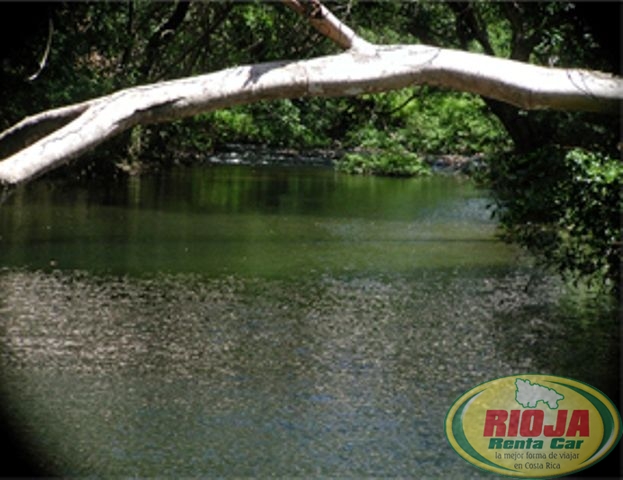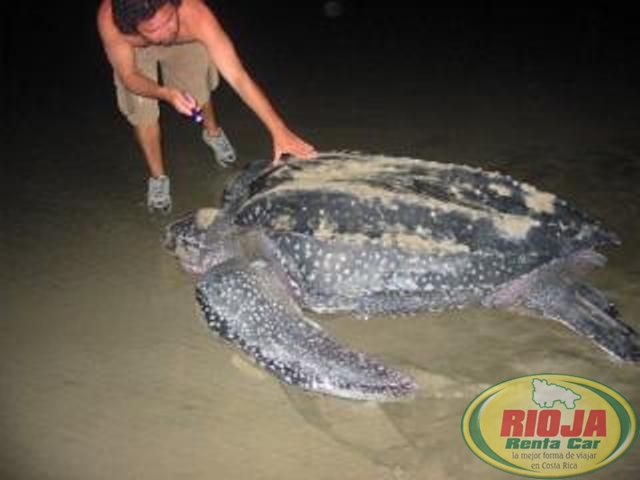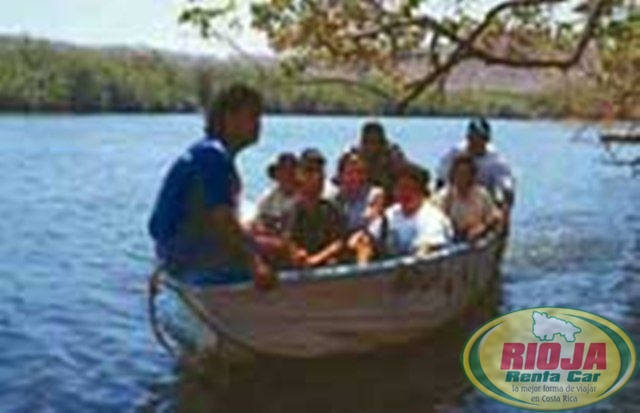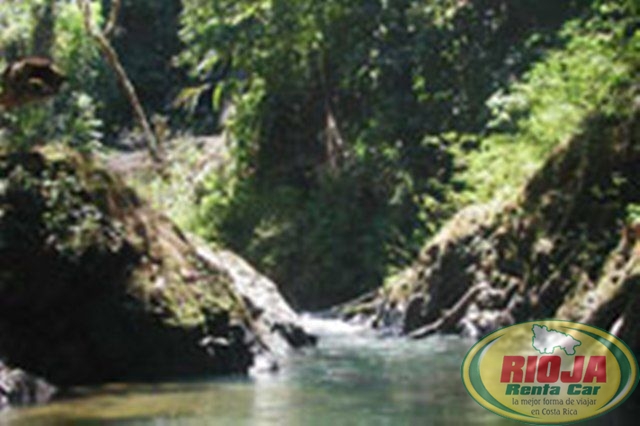



It is located in the province of Guanacaste, Canton of Santa Cruz, in the districts of Cabo Velas and April 27, 8 km from the community of Matapalo and 20 km from Tamarindo over land and estuary 5 km route. Among other areas of El Morro and Hermoso hills,
Wildlife refuge has an area of 500 hectares and 112 hectares make up the park.
IMPORTANCE
Their significance from the standpoint of conservation and also the main tourist attraction, is the nesting of the leatherback turtle (Dermochelys cariacea) that nest on the beaches of these protected areas. This species is the world’s largest tortoise and is in danger of extinction, according to the Convention on International Trade in Endangered Species of Fauna and Flora (CITES). Besides protecting the mangroves and their biological wealth.
FLORA AND FAUNA
Its mangroves are found within the Convention on Wetlands of International Importance (RAMSAR), which are important as habitats for waterfowl and breeding different species of marine and forest.
The species of flowers are tropical dry forest and highlight the cocobolo (Dalbergia retusa), laurel (Cordia alliodora) tempisque (Sideroxylon Tempisque), black tree (Gliricidia sepium). The dominant species in the coastal area are the Panama (Sterculia apetala), the guácimo (Guazuma ulmifolia) and vanilla (TECON stans).
The mangrove is the most well-developed trees and measure up to 25 and 30 meters, the dominant species is the red mangrove or knight (Rhizophora mangle) but it is common to observe other species: black mangrove (Avicennia germinans) white (Laguncularia recemosa) and mangrove Piñuela (Pellicer rhizophorae).
The fauna is very abundant with the exception of the leatherback turtle, but other species can be observed as the fox Pelón (Didelphis marsupialis), deer (Odocoileus virginianus), mono congo (Alouatta palliata), coyote (Canis latrans) and raccoons ( Procyon lotor). As a marine reptiles, amphibians and invertebrates are abundant and easily observed: the most common are: crab tajalín (Cardisoma rasjum), the boa constrictor (Boa constrictor), the Garrobo (Basiliscus basiliscus) and crocodiles ( Crocodylus acutus).
ATTRACTIONS
Nesting of the leatherback turtle.
Beaches of great beauty.
Mangrove boat tours.
Observation of flora and fauna.
Panoramic view of the Pacific Ocean and the region.
RECOMMENDATIONS
We recommend visiting the area from September to March to observe the nesting of the leatherback, the months from December to April dry season is therefore recommended activities to enjoy the sun and the beach.
ACTIVITIES
Night Tour of the spawning observation of turtles.
Day tour to explore the Tamarindo estuary.
Practice swimming and surfing at Playa Grande.
Snorkeling or diving mask surface in Playa Carbón.
Sightseeing by horse to the upper area of the park and observe the beautiful scenery.
SERVICES
Exhibit hall, general information, drinking water, toilets, trails, local guides. In communities of Tamarindo and Playa Grande there are lodging facilities, transportation, meals, airstrip.

 English
English






